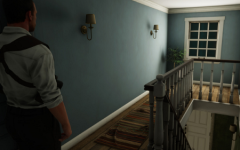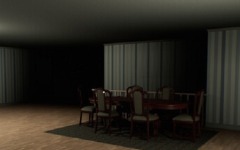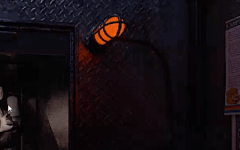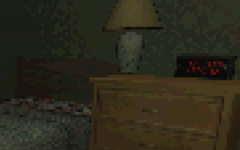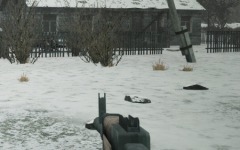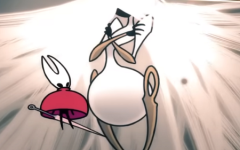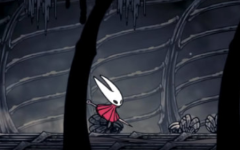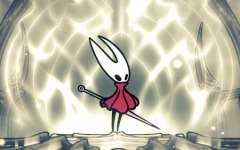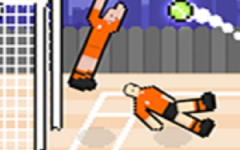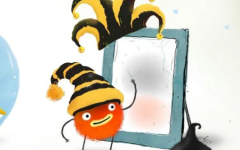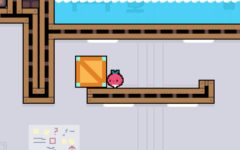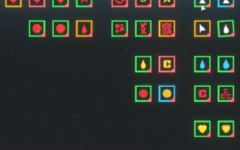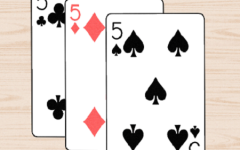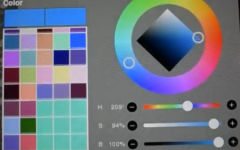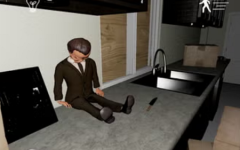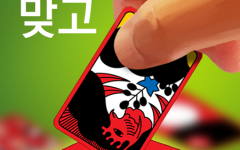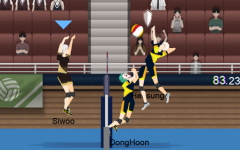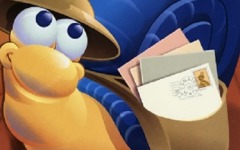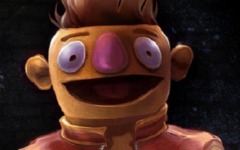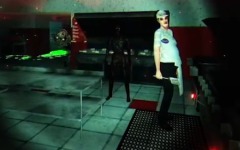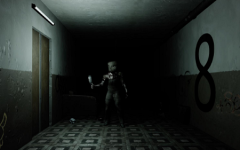Advertisement
Brevsky’s Library
Advertisement
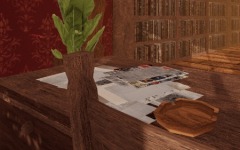
Brevsky’s Library starts with the player arriving at a large building to complete a list of basic duties. The space appears normal at first glance, but small signs suggest there is more beneath the surface. The player receives limited guidance and is expected to work through the shift alone. Tasks include cleaning, checking items on shelves, and looking for certain objects hidden in corners. From the first moment, silence and repetition create a steady rhythm of action.
Task-Based Structure and Dialogue Flow
The main objective is to complete all assigned tasks before the end of the shift. Along the way, the player encounters moments where choices affect the outcome. Dialogue with Mr. Brevsky happens during key moments, and responses shape the direction of the session. While there is no combat or puzzle-solving in the traditional sense, every action contributes to one of several conclusions. Missing certain details or choosing the wrong line can change everything.
- Clean and examine the environment
- Locate all spider webs throughout the map
- Respond to Mr. Brevsky when prompted
- Track your progress through visual cues
- Reach a specific ending based on input and behavior
Feedback Through Subtle Changes
The library stays mostly consistent in layout, but small differences begin to appear across multiple attempts. Some items move, while others seem to vanish or reset. The player is given no map or direct feedback system, so awareness becomes part of the process. Audio cues support certain interactions, though most of the experience unfolds without clear instruction. Each change in sound or visual placement invites questions about what the player missed or triggered.
Learning Through Repetition and Failure
Completing a session once does not reveal all the game has to offer. Different outcomes depend on both spoken choices and the thoroughness of the player’s actions. One run might end suddenly after a failed conversation, while another may reach a more complete version of the ending. The player is encouraged to replay with new attention, trying different paths or observing details they previously ignored.
Overall Progression and Interactive Design
Brevsky’s Library presents a space that functions on its own logic. There are no enemies, no timers, and no goals beyond the tasks and final decision. The focus is on understanding the environment and how behavior affects it. Through repeated sessions, the player learns to notice patterns and make small changes that reveal hidden branches. Every part of the experience points inward, asking the player to reflect on how each action shapes the result.





















































































































